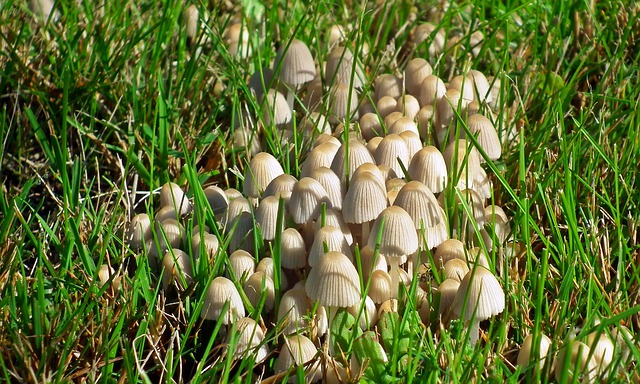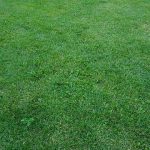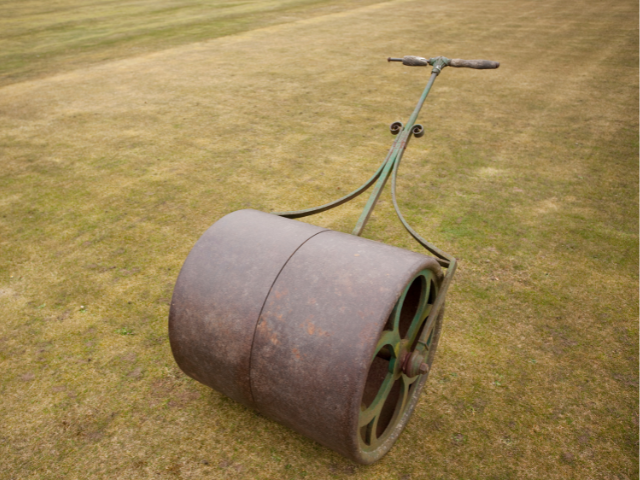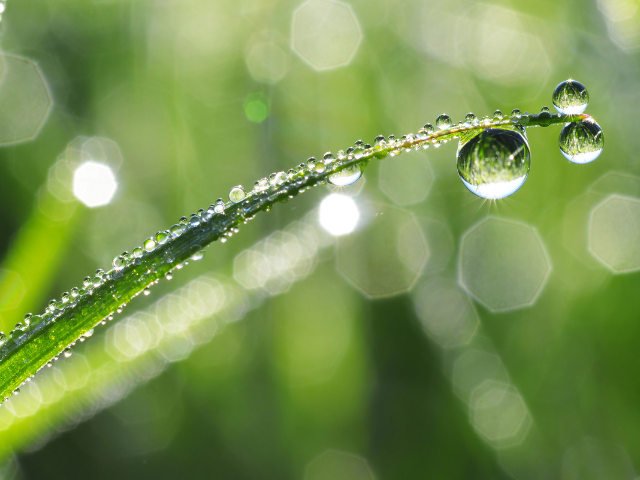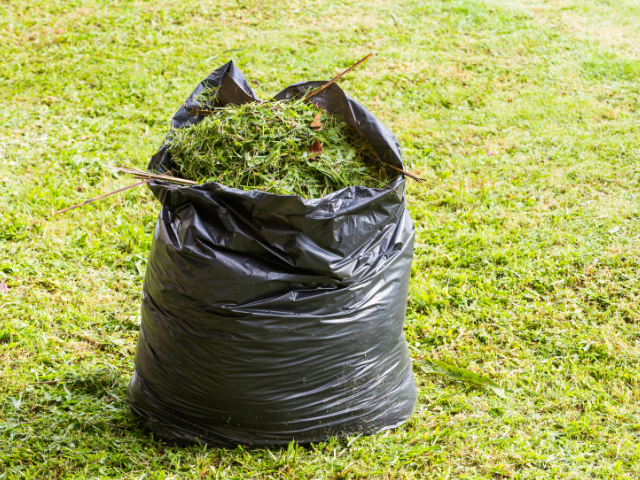Mushrooms in the lawn are annoying. Most of the time, this optical problem is solved by itself when the lawn and the soil dry out properly. If you want to combat this problem permanently, however, you must practice proper lawn care. Fungi do not harm the lawn and are usually not poisonous. Nevertheless, the fungi in the lawn often disturb from a purely visual point of view. If you want to get rid of the small, annoying creatures immediately and permanently, then the following tips can help.
Remove mushrooms in the lawn: collect or cut out
The first step would be to simply remove the fungi from the lawn by hand, preferably at the very bottom of the stem. If they break, or even a robotic lawnmower or lawnmower runs over them, the spores are further distributed and the fungus spreads. A little more effective, but also more time-consuming, is to prick out the fungi in the lawn together with the soil. However, it may be necessary to fill the resulting holes with soil and sprinkle lawn seed.
In the case of large-scale fungi, especially the so-called witch’s ring, there is no way around the need to cut out a large area of soil in order to completely remove the underground roots (mycelium), which can go up to 30 cm deep into the soil. The visible fungi are only the fruit, which further distributes the spores. The actual fungus, the root network, is located under the earth.
Sanding lawn helps against fungal infestation
Fungi like to grow especially on permanently wet soil. If the soil is very clayey, the water is stored in it for quite a long time and cannot seep away well. If there is waterlogging on the lawn because the soil is too clayey, you can sand (aerify) the lawn after scarifying. This loosens the soil and allows rainwater to drain away more easily.
Scarify lawn against fungi in the lawn
If the lawn is strong, then it is also less susceptible to fungi. For this, you should regularly and properly scarify. How to do it exactly, you can read in this article from us.
Wetness and humidity are the ideal habitats for fungi. If you have a lawn that is too compacted or if lawn felt (dead grass and roots, moss) has formed, fewer nutrients and also light reach the grassroots. Water also does not reach the roots as well. This weakens the lawn and makes it more susceptible to lawn diseases.
So, as a preventive measure, the scarifier should be used every year in the spring, after liming and before fertilizing the lawn.
Fertilize lawn against fungi in the lawn
A healthy and strong lawn is less susceptible to fungi. So it can also help if you restore strength and strengthen the lawn with a slow-release fertilizer containing phosphorus, nitrogen and potassium. Because dead roots and plant parts are the food of the fungi.
Also a potassium-containing autumn fertilizer can prevent or contain fungal growth, because fungi sprout particularly well when there is a lack of potassium.
Lime lawn against fungi in the lawn
If the soil is acidic, this particularly promotes fungal attack. This can also be easily determined with a PH test. If you have moss in the lawn, this is a clear sign that the soil is acidic. In the vicinity of conifers or thuja, the soil is actually also always acidic. If the pH value is significantly higher than 6, you should not lime the lawn, as this will damage the grass plants and they may even die.
The lime can be applied with a spreader, a shovel, or simply by hand. In this case, the lime should be poured into a bucket, and wear gloves.
If possible, the lawn should be limed before an announced rain or watered well afterward.
Where do mushrooms in lawns come from anyway?
Whenever the lawn is poorly or incorrectly maintained and thus weakened, and then fungal spores fall on the lawn due to wind, fungi develop. Nutrient-poor and acidic soils, lack of sunlight and moisture favor the growth of fungi and the fruiting bodies begin to sprout. Turf is also often affected by fungal infestation. This is because the planting substrate of sod is often very heavily enriched with wood fibers. Some fungi do not grow in the turf itself, but on dead wood that is hidden under the turf. These wood residues should then be dug out.
